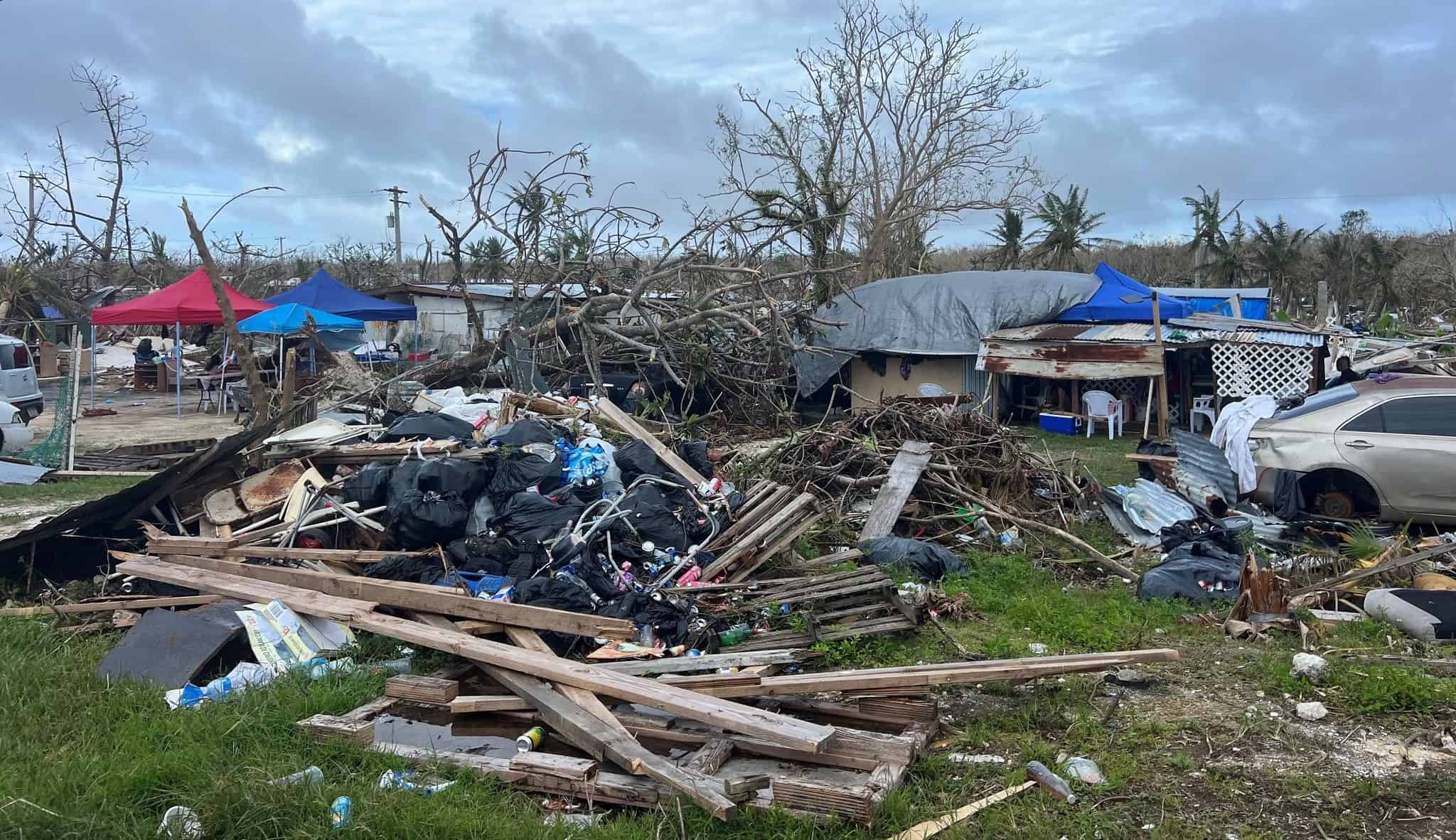Guam’s Office of the Attorney General is investigating aspects of the government’s typhoon recovery response, including problems with the public water supply after the storm.
“This disaster recovery was terrible, in a word,” Attorney General Doug Moylan said. “What happened to all our support services? We’ve been living like cave people.”
Moylan said the lack of water was especially troubling, because the government has purchased generators for water wells.
“They’re supposed to be kept operational, running and tested and so forth,” he said. Instead, water was shut down throughout the entire island.
“That is an attorney general problem because it deals with people getting paid with your tax dollars and not doing their jobs,” he said. “It’s part of the government corruption type of issue.”
Moylan was asked how his office would determine who was responsible for the failed maintenance, because it likely happened over a period of years since the last major typhoon.
He said the first step involves gathering documents, reports and getting a consultant to help the attorney general’s office analyse data.
“Now mistakes are one thing, OK? I’m not one to persecute somebody for a mistake. And our linemen and the people actually doing the hard work right now are not targets,” Moylan said.
“But somebody was paid a lot of money and given the duty to do something. And that is where the AG’s office is looking. We’re going to scrutinise it. We’re going to have a report at the very end based on the information that we’re currently gathering,” he added.
From there, a team will decide the best course of action.
“Is it that these people lose their jobs? Is it that these people are taken before a jury to decide if something, official misconduct, things like that?”
Moylan said the lack of essential services created an environment that was ripe for civil unrest and crime.
“Two- to three-mile gas lines? Are you guys crazy? Do you know what’s going to happen when people after eight hours get through that gas line and find there’s no fuel?”
Moylan said he spoke to leaders from the island’s three gas companies to determine what happened. He learned that in addition to problems with power and generators, which prevented fuel from being pumped into trucks, they couldn’t reach drivers because of communication problems.
“From an AG’s point of view, my issue was you’re going to have public unrest that’s going to start when there’s no communication, people fighting, somebody’s pulling out a gun or a knife,” he said.
Some people parked in gas lines overnight, queuing up in front of stations that weren’t going to open that day. Other people left their cars in line and went back later.
When communications were lost, the ability to use credit cards was also lost.
“And you had everybody freaking out, and they were going to the ATMs, but they had no power. They needed cash. This became a cash-only situation. That increases the tension level of people and causes the disruption. More cash on people and more opportunity for thieves to want to rob them,” he said. “So you know you’re getting on a powder keg of all the worst-case scenarios occurring on Guam.” Moylan said the recovery effort is a matter of public concern, and needs to be investigated. “We have to ask these questions,” he said. “We have to hold the government accountable.
